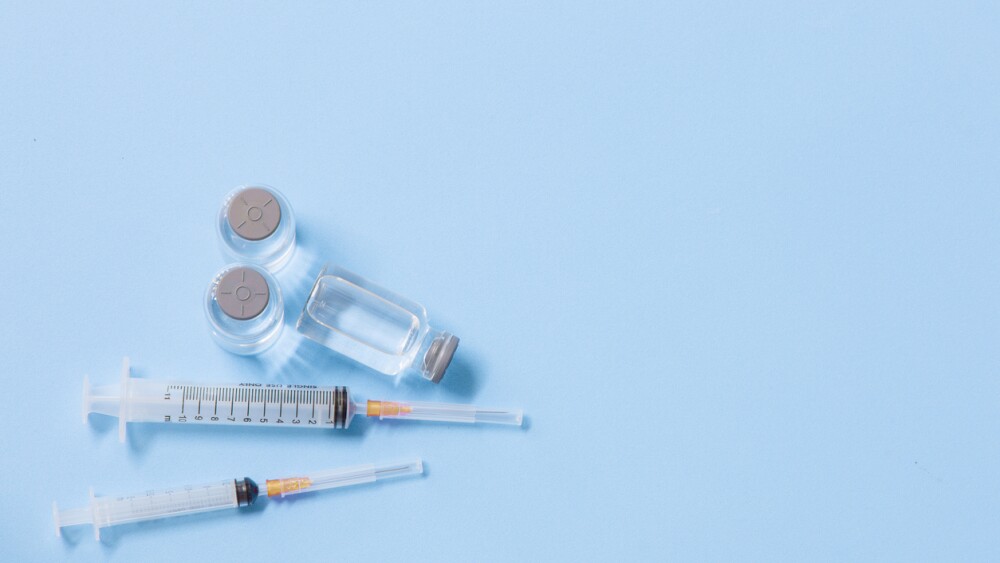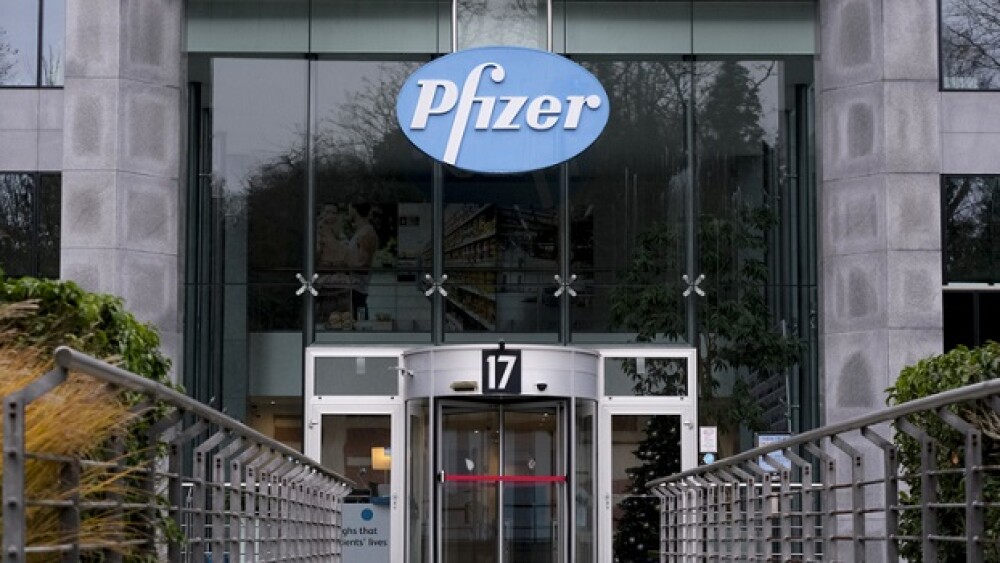Pharma Two B, a private, late-stage pharmaceutical company, today announced that data from a Phase 3 study evaluating P2B001, a fixed, low-dose extended-release (ER) combination of pramipexole 0.6 mg and rasagiline 0.75 mg, were published in Movement Disorders.
- Demonstrated that P2B001 provides benefits comparable with commercially used doses of marketed pramipexole-ER (PramiER) while minimizing associated daytime sleep–related and dopaminergic side effects associated
- P2B001 provided superior efficacy on motor symptoms and activities of daily living, compared to each of its individual components
- The convenient dosing of P2B001, as a no-titration, once-daily single pill, may be a valuable option for patients, neurologists, and particularly non-specialists who are often the only physicians treating PD patients
REHOVOT, Israel, Nov. 09, 2023 (GLOBE NEWSWIRE) -- Pharma Two B Ltd., a private, late-stage pharmaceutical company, today announced that data from a Phase 3 study evaluating P2B001, a fixed, low-dose extended-release (ER) combination of pramipexole 0.6 mg and rasagiline 0.75 mg, were published in Movement Disorders.
Results from the international, multicenter, randomized, double-blind parallel-group study evaluated the safety and efficacy of P2B001 in patients with early Parkinson’s disease compared to its components and to commercial doses of the dopamine agonist pramipexole (mean 3.2 mg per day). The study included 544 untreated patients with Parkinson’s disease who were randomized (2:2:2:1) to treatment with P2B001, its individual components (pramipexole-ER 0.6 mg or rasagiline-ER 0.75 mg), or marketed PramiER individually titrated to optimal dose (1.5-4.5 mg).
“The present study demonstrates that each component contributes to the benefits of P2B001, and that it provides benefits comparable to commercially used doses of Pramipexole ER but with a reduced frequency of sleep-related and dopaminergic adverse events," said C. Warren Olanow, M.D., FRCPC, Chairman Emeritus of the Department of Neurology and Professor Emeritus in the Department of Neuroscience at the Mount Sinai School of Medicine in New York City. Further, he stated that “P2B001 is a once-a-day treatment that requires no titration. As such, if approved, P2B001 represents an important consideration for initiating treatment in patients with early PD.”
“P2B001 represents a novel and easy-to-use therapeutic approach, as there has been a clear unmet need for a once-daily treatment that has demonstrable efficacy and safety, requires no titration and has a lower incidence of excessive daytime sleepiness, a commonly reported side effect among people with PD, often caused by dopamine agonist treatment,1-3” said Robert Hauser, M.D., M.B.A., Director, Parkinson’s Disease & Movement Disorders Center, University of South Florida.
The primary endpoint was change from baseline to week 12 in Unified Parkinson’s Disease Rating Scale (UPDRS) parts II and III comparing P2B001 to its individual components. The key secondary endpoint was the change from baseline to week 12 in the Epworth Sleepiness Scale (ESS) for P2B001 versus the titrated dose of commercially available PramiER.
The change from baseline in total UPDRS (primary endpoint) showed that P2B001 was significantly superior to each of its individual components demonstrating that each contributed to the P2B001 benefit. Least squares mean (LSM) (standard error) treatment difference between P2B001 and pramipexole ER (PPX-ER 0.6 mg) was –2.66 ± 0.85 points (p = 0.0018), and between P2B001 and rasagiline ER (RAS-ER 0.75 mg) was –3.30 + 0.85 points (p = 0.0001). The change from baseline to week 12 in total UPDRS score between P2B001 and PramiER (individually titrated to optimal dose; mean, 3.2 mg/day) was not significantly different (–8.35 ± 0.86 vs. 7.98 ± 0.60; p = 0.7197).
Analysis of the key secondary endpoint (change from baseline to week 12 in the ESS score) demonstrated no worsening in the sleepiness scale with P2B001 treatment, whereas optimized doses of PramiER (mean dose, 3.2 mg) caused significant worsening in ESS. LSM difference between groups was –2.66 ± 0.43 (p < 0.0001). P2B001 was generally well tolerated and showed fewer sleep-related and dopaminergic adverse events in comparison to commercially used doses of pramipexole ER.
"We are grateful to the patients, families and clinicians who have contributed to this study as we look to deliver a new, convenient treatment option for patients with early Parkinson’s disease,” said Dan Teleman, CEO of Pharma Two B. “We look forward to moving P2B001 forward towards an NDA submission to make this potential treatment option available to patients.”
About P2B001
P2B001 is an investigational, novel, fixed-dose, extended-release combination of pramipexole and rasagiline (0.6 mg/0.75 mg), both at low doses that are not commercially available. Marketed pramipexole and rasagiline are currently indicated for the treatment of Parkinson’s disease (as monotherapy and adjunct therapy for early and more advanced patients). P2B001 is being developed for potential use as a first-line therapy for people with Parkinson’s disease. Extended release rasagiline is a new and proprietary formulation of rasagiline developed by Pharma Two B.
Pharma Two B owns worldwide-granted patents for both pharmaceutical composition and method of treatment with P2B001, which are expected to remain in effect until January 2033.
About Pharma Two B
Pharma Two B is a private, late-stage pharmaceutical company established in 2008 in Rehovot, Israel. Our mission is to improve patients’ quality of life by developing innovative, value-added combination drugs for neurological disorders, with a clear unmet need, that are based on previously approved oral drugs and that may offer meaningful clinical benefits, as well as improved safety and enhanced convenience through easier administration.
Our company is led by a highly experienced team in Parkinson’s disease, supported by top-tier scientific and clinical key opinion leaders and backed by a dedicated group of investors. For more information, please visit: www.pharma2b.com.
Forward-Looking Statements
Some of the statements made herein constitute forward-looking statements. These statements relate to future financial and other performance or anticipated plans and are identified by words such as “will,” “expect,” “could,” “if,” “expected,”” “anticipate,”” look forward,” “believe,” “potential,” “propose” and “continue” or negative variants of such terms. These and similar forward-looking statements discuss the company’s future expectations and plans. The company operates in a very competitive and rapidly changing environment. New risks emerge from time to time. Given these risks and uncertainties, the company cautions against placing undue reliance on these forward-looking statements. These statements are only estimates of future performance. Actual performance or events may not meet such expectations or estimates and may, in fact, differ materially.
Although the company believes that the expectations reflected in the forward-looking statements made herein are reasonable, the company cannot and does not guarantee future results, levels of activity, performance or achievements. Moreover, the company does not assume any responsibility for the accuracy and completeness of such forward-looking statements in the future. The company does not plan and, subject to applicable law, undertakes no obligation to update any of the forward-looking statements made herein after the date hereof in order to conform such statements to actual results.
- Amara AW, Chahine LM, Caspell-Garcia C, et al. Longitudinal assessment of excessive daytime sleepiness in early Parkinson’s disease. JNeurol Neurosurg Psychiatry. 2017;88(8):653-662. doi:10.1136/jnnp-2016-31502
- Suzuki K. Current update on clinically relevant sleep issues in Parkinson’s disease: a narrative review. J Parkinsons Dis. 2021;11(3):971-992. doi: 10.3233/JPD-202425
- Avorn J, Schneeweiss S, Sudarsky LR, et al. Sudden uncontrollable somnolence and medication use in Parkinson disease. Arch Neurol. 2005;62(8):1242-1248. doi: 10.1001/archneur.62.8.1242
CONTACT INFORMATION
Dan Teleman
CEO
Pharma Two B Ltd.
Cell + 972-54-550-0804
Email: dan@pharma2b.com
www.pharma2b.com
U.S. media contact:
Cali Mangel
Director
Cell: 215-694-1577
Email: Cali.Mangel@calciumco.com






